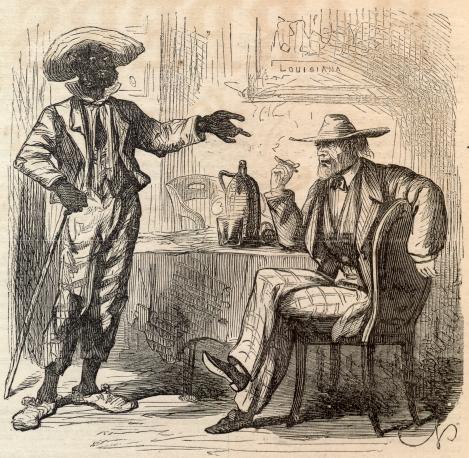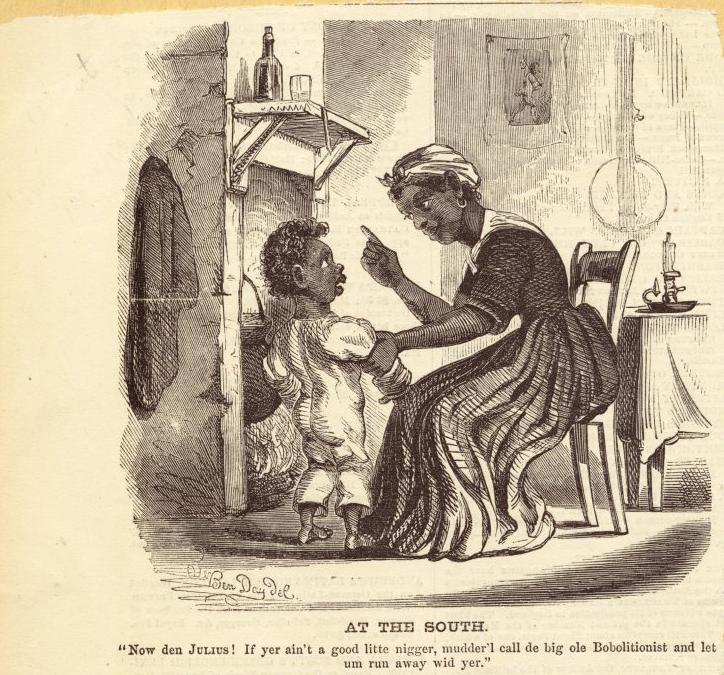Occidental Dissent
December 12, 2013

This information comes from Time on the Cross: The Economics of Negro Slavery:
Life Expectancy
Did you know that the typical slave born on a Southern plantation had a significantly longer life expectancy than the average “free” laborer in Northern and British cities?
U.S. White – 40
England and Wales, 1838-1856 – 40
Holland, 1850-1860 – 36
France, 1854-58 – 36
U.S. Slave – 36
Italy, 1885 – 35
Austria, 1875 – 31
Chile, 1920 – 31
Manchester, England, 1831 – 24
New York, Boston, and Philadelphia, 1830 – 24
Diet & Nutrition
Did you know that the typical slave on a Southern plantation was less obese and had a diet that was nutritionally superior to the modern American negro diet?
“The slave diet was not only adequate, it actually exceeded modern (1964) recommended levels of the chief nutrients. On average, slaves exceeded the daily recommended levels of proteins by 110 percent, calcium by 20 percent, and iron by 230 percent. Surprisingly, despite the absence of citrus fruits, slaves consumed two and one half times the recommended level of vitamin C. Indeed, because of the large consumption of sweet potatoes, their intake of vitamin A was at the therapeutic level and vitamin C was almost at that level.”
Housing
Did you know the typical slave on a Southern plantation lived in better and more hygienic housing that the typical White working class family in New York City in the 1890s?
“Comments of observers suggest that the most typical slave houses of the late antebellum period were cabins about eighteen by twenty feet …
As late as 1893, a survey of the housing of workers in New York City revealed that the median number of square feet of sleeping space per person was just thirty-five. In other words, the “typical” slave cabin of the late antebellum era probably contained more sleeping space per person than was available to most of New York City’s workers half a century later.”

The Family
Did you know that the typical slave on a Southern plantation was significanly more likely to live in a nuclear family than the modern American free negro?
“Narratives collected from ex-slaves provide support for the prevalence of prudishness in the conduct of family life. “Dem’s moral times,” recollected Amos Lincoln, who was reared on a plantation in Louisiana. “A gal’s twenty-one before she marry. They didn’t go wanderin’ around all hours. They mammies know where they was. Folks nowadays is wild and weak …
That slave live pivoted around stable, nuclear families does not mean that the black family was merely a copy of the white family. No doubt the African heritage of blacks, as well as particular socioeconomic circumstances, resulted in characteristic which were, if restricted to, at least more frequent among black than white families. For example, various bits of evidence suggest that wives played a stronger role in black than white families.”
Infant Mortality
In 1850, there was little difference in infant morality among Southern slaves and Southern Whites:
“The infant death rate of southern whites in 1850 was 177 per thousand – virtually the same as the infant death rate as slaves.”
Suicide
Slaves were far less likely to commit suicide than Northern “free” workers:
“Less than one slave in ten thousand committed suicide in 1850. That was only one third of the suicide rate among the white population.”
Note: The birthrate among the slaves on Southern plantations was significantly higher than the birthrate in much of contemporary Europe. Both the White population and the slave population thrived in the South.
What’s more, the disease environment in the subtropical Deep South – which lacked African levels of malaria and yellow fever – was vastly superior to that of West Africa and Central Africa. Because the slaves were forbidden to own firearms and their access to drugs and alcohol was restricted and whipping was the punishment for adultery and domestic violence, slaves were far less likely to die from homicide.
 Daily Stormer The Most Censored Publication in History
Daily Stormer The Most Censored Publication in History


